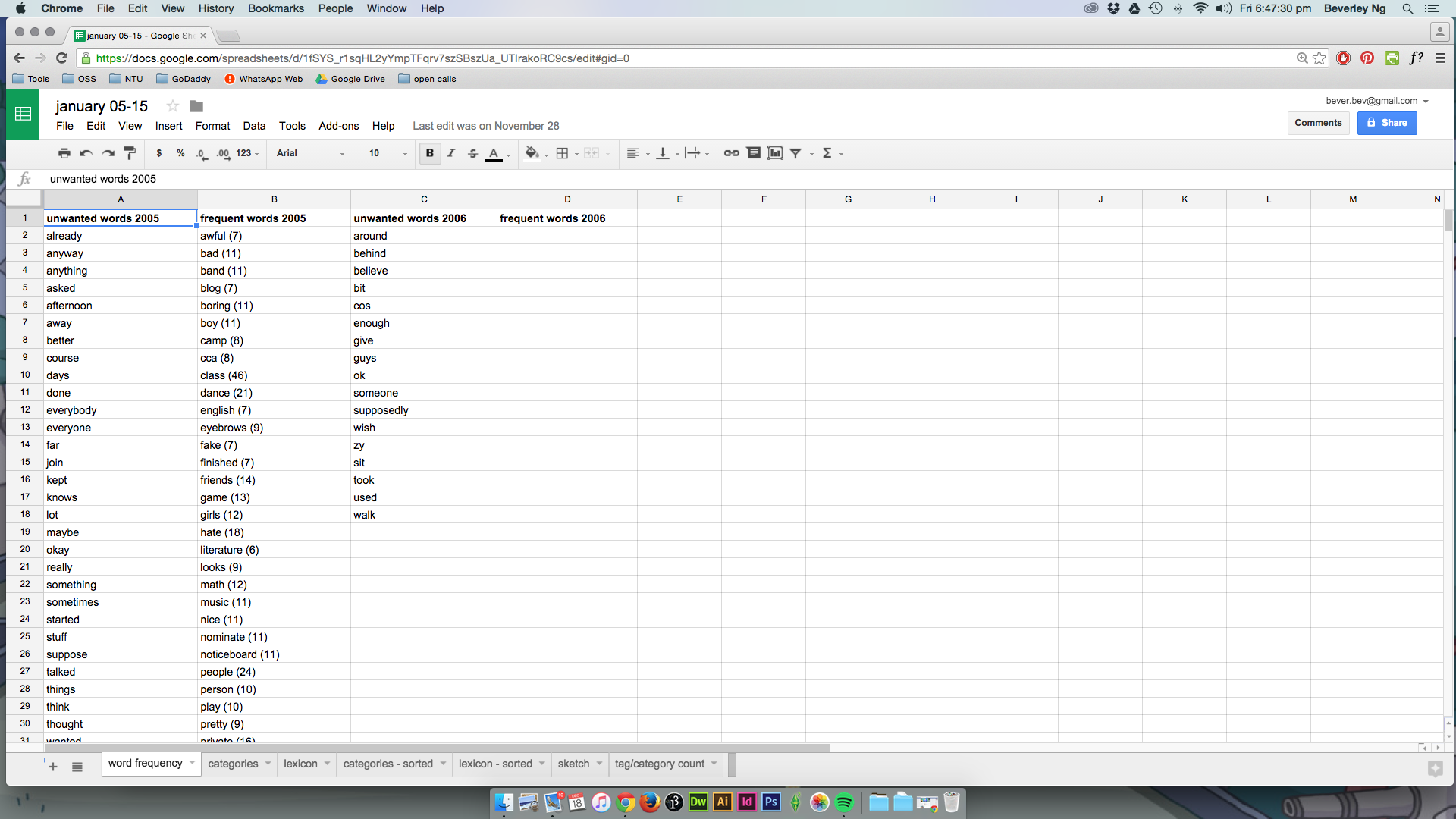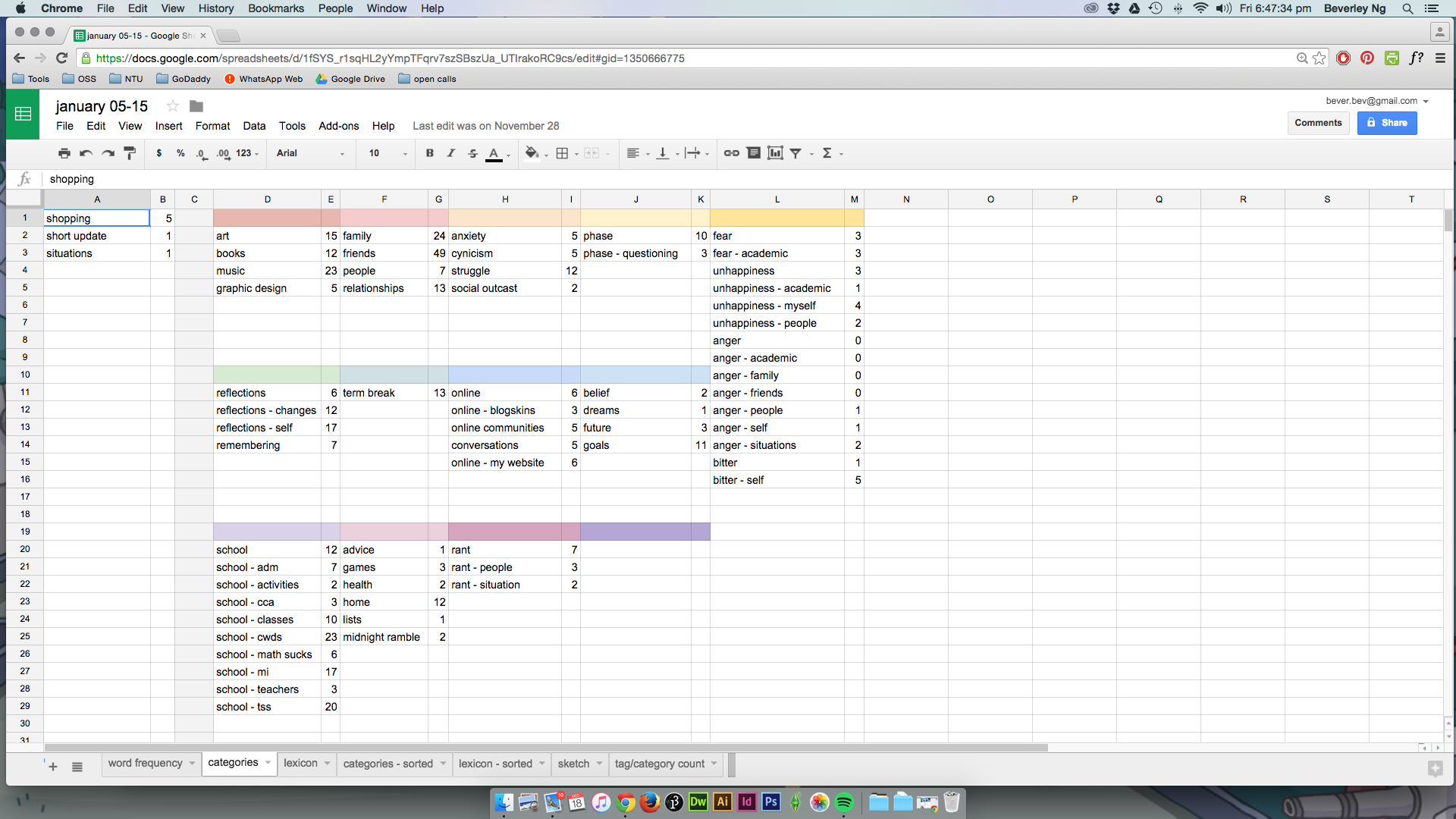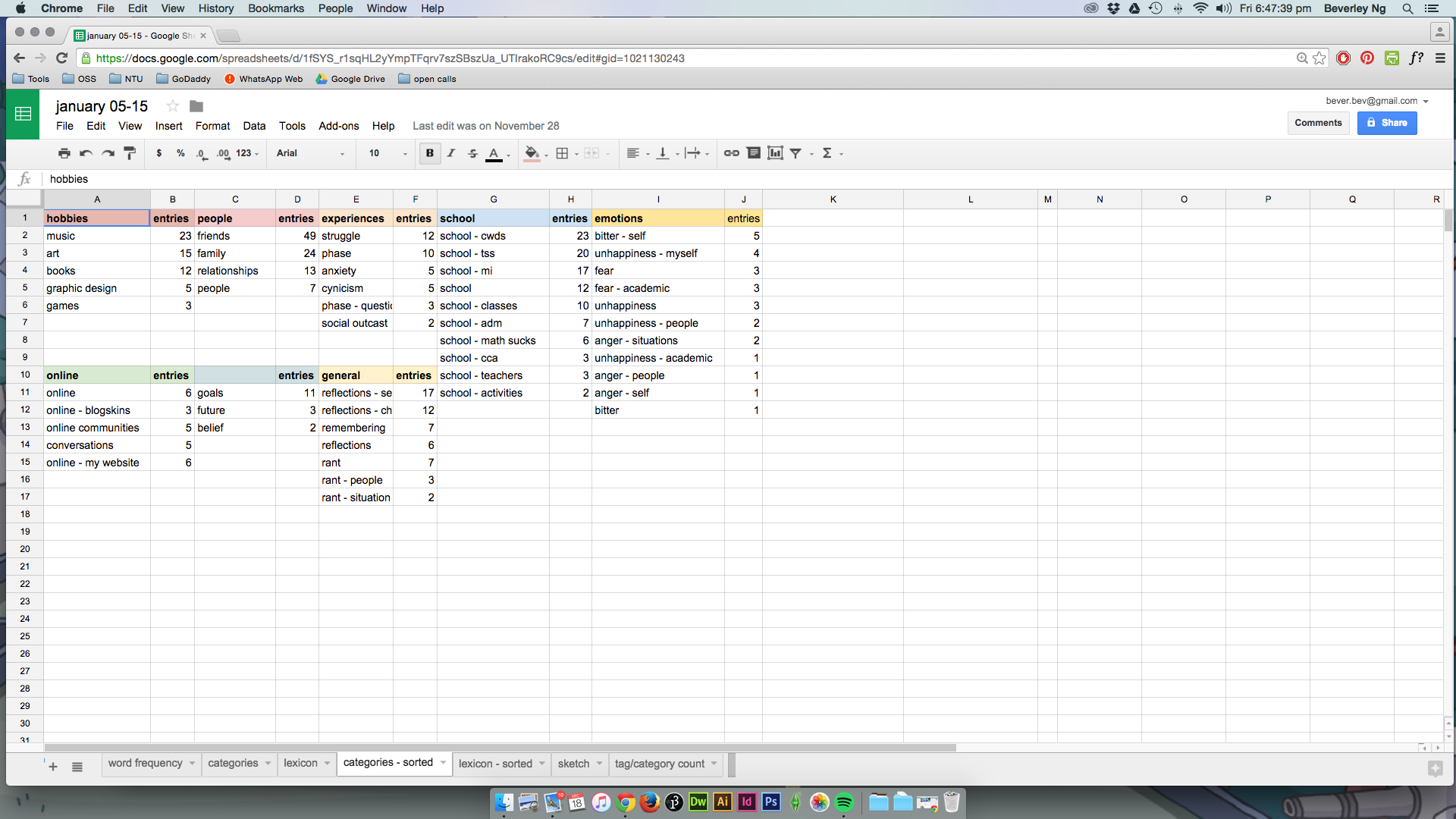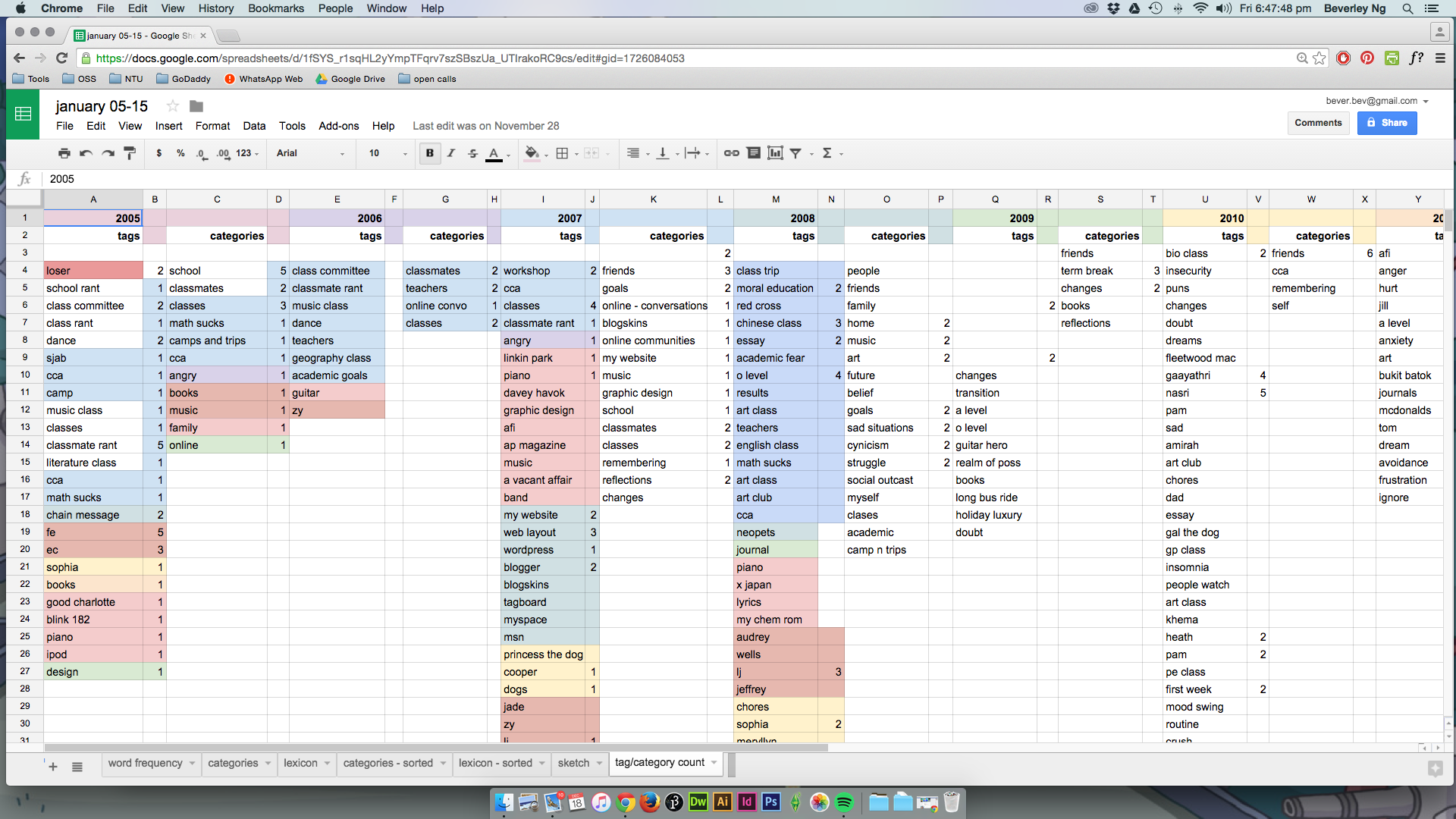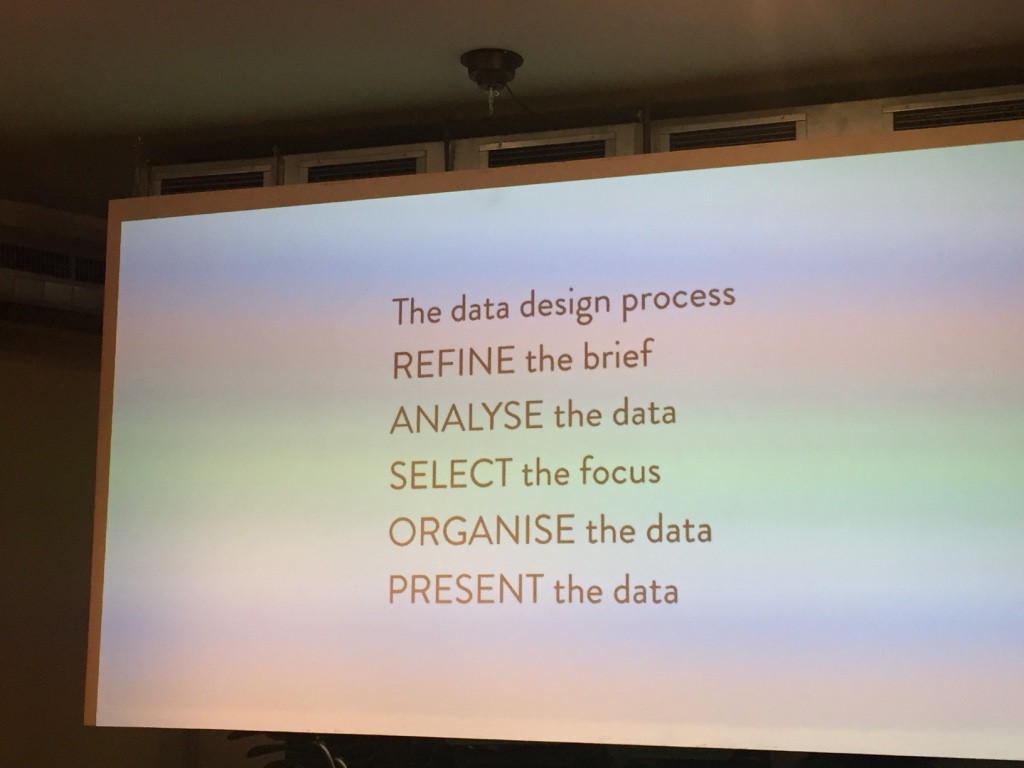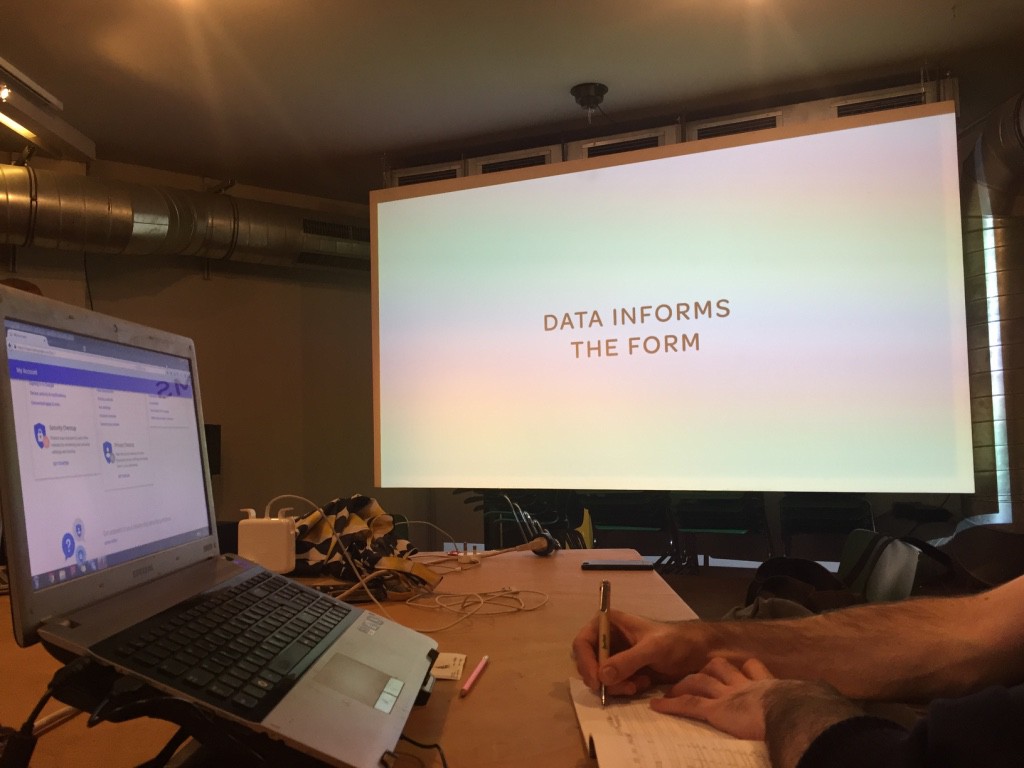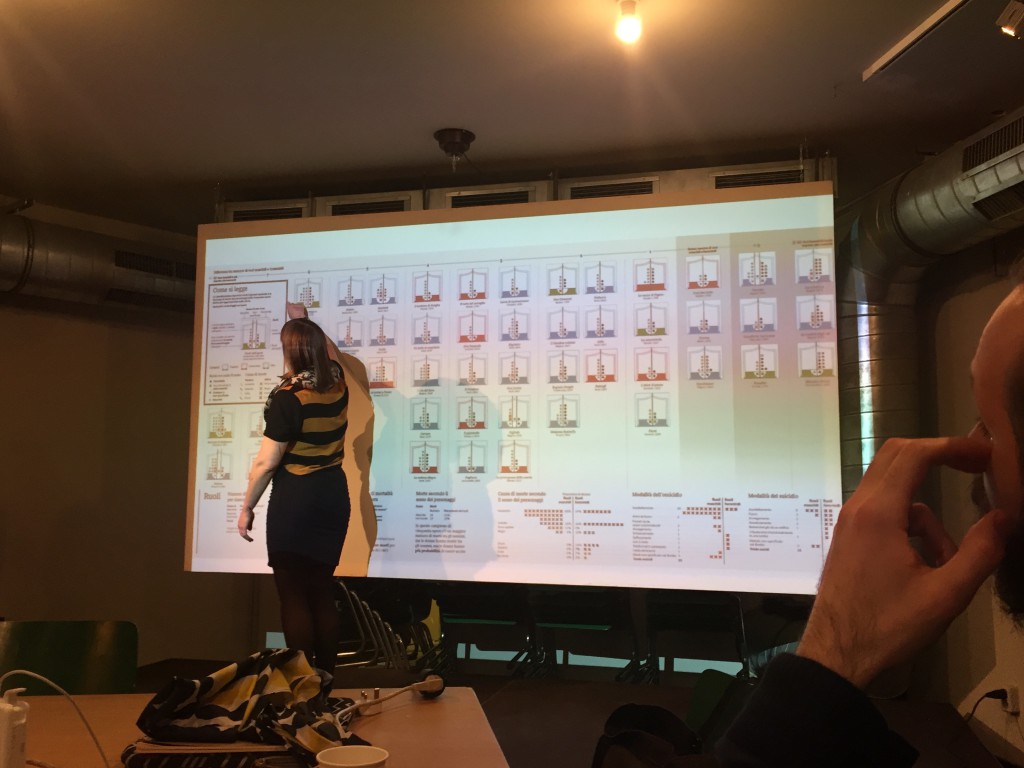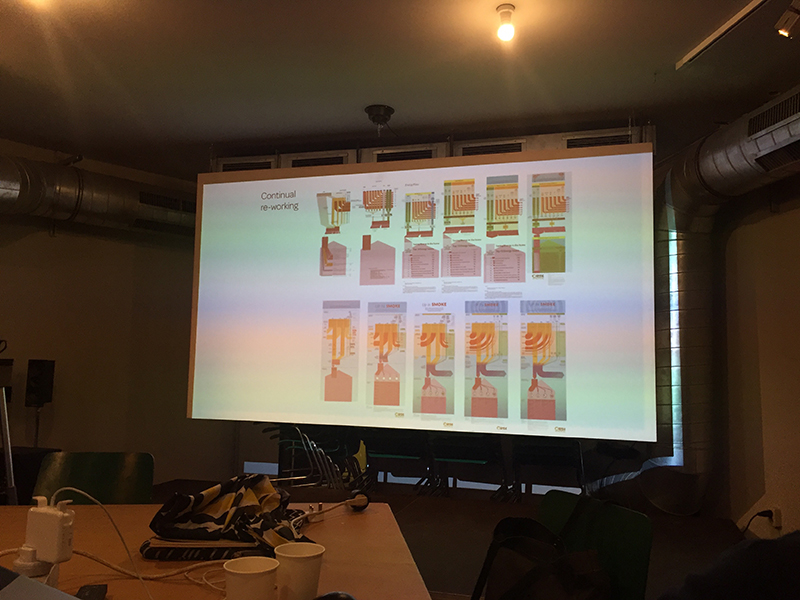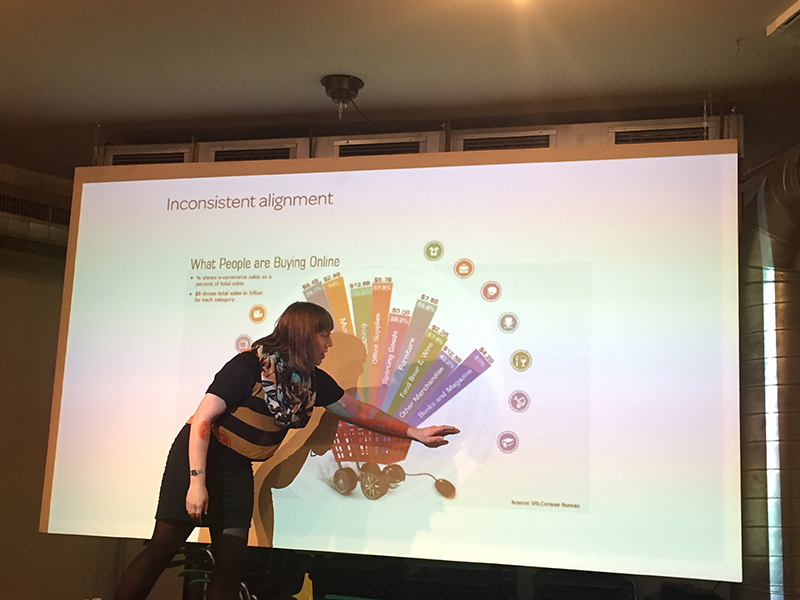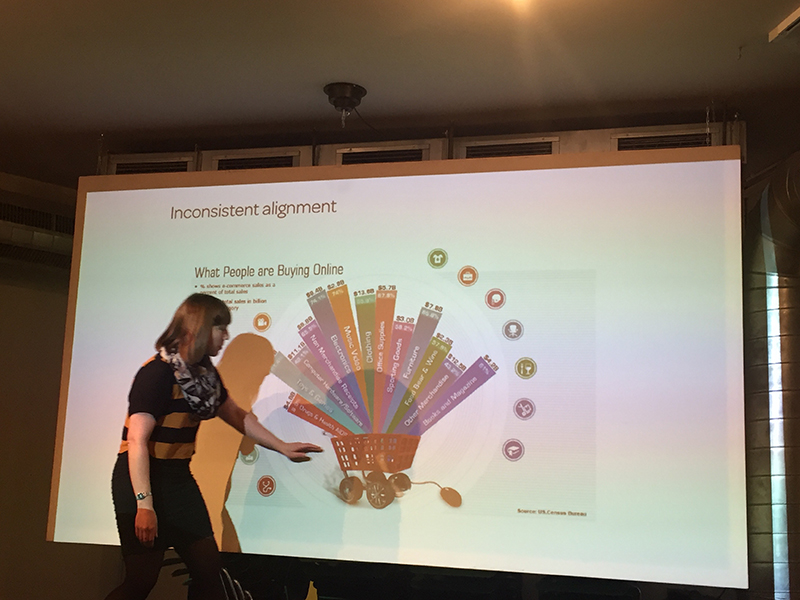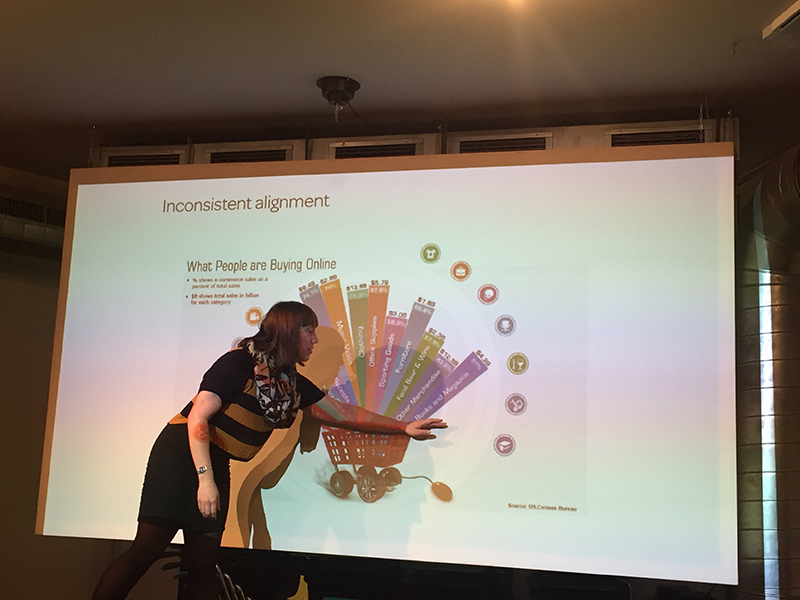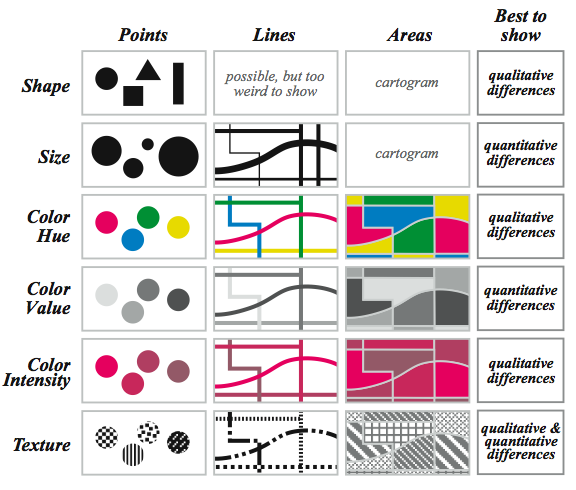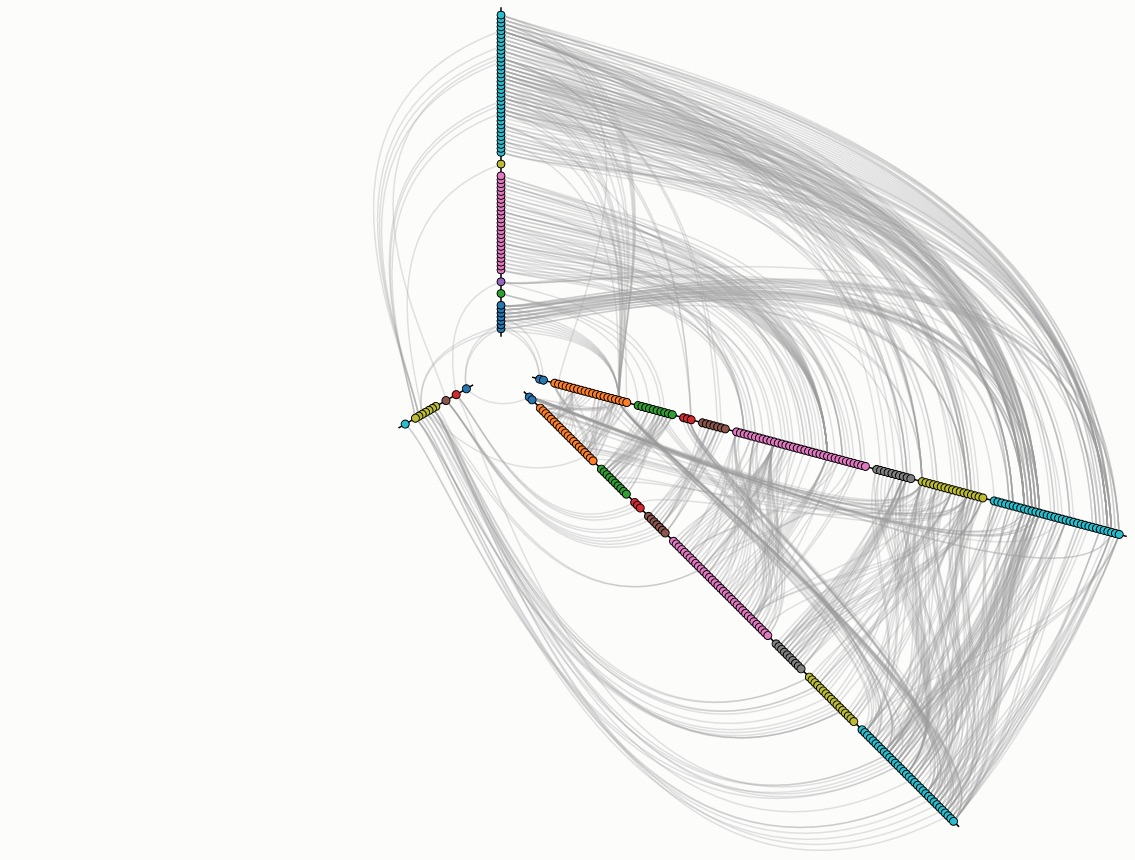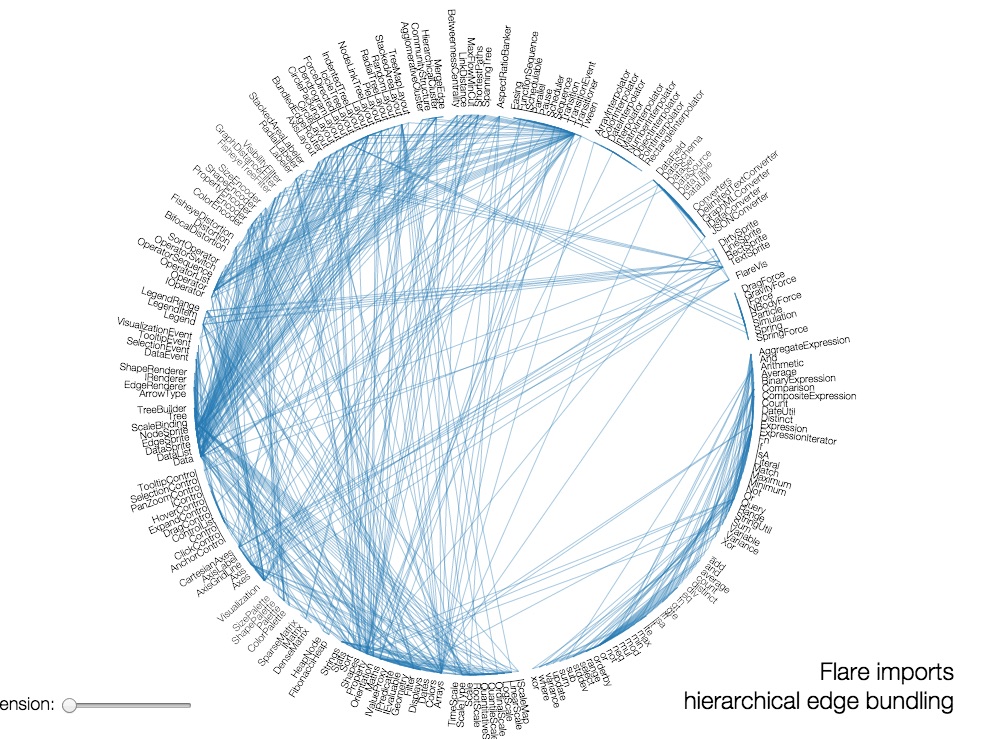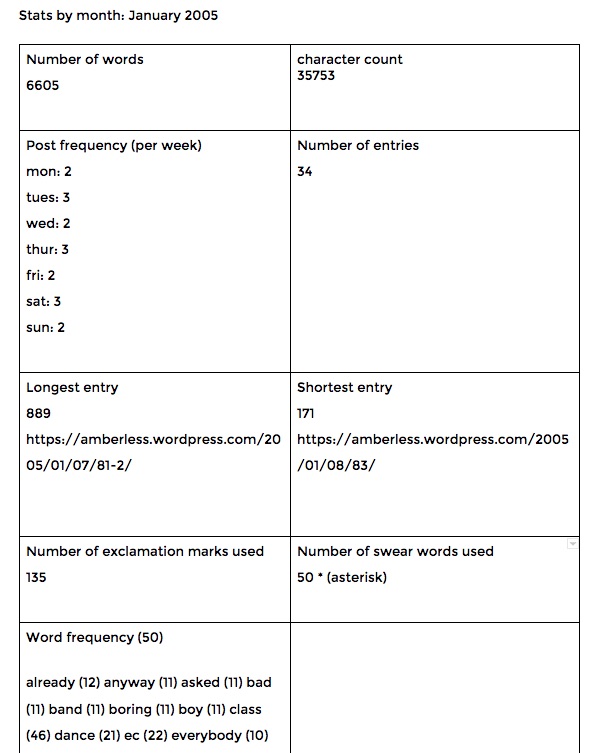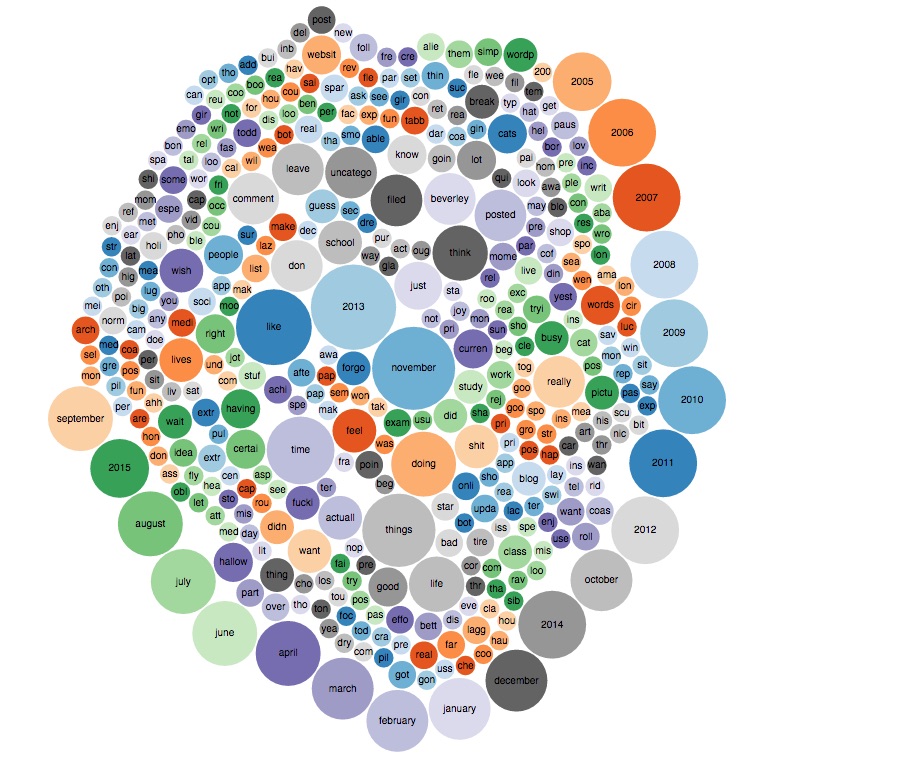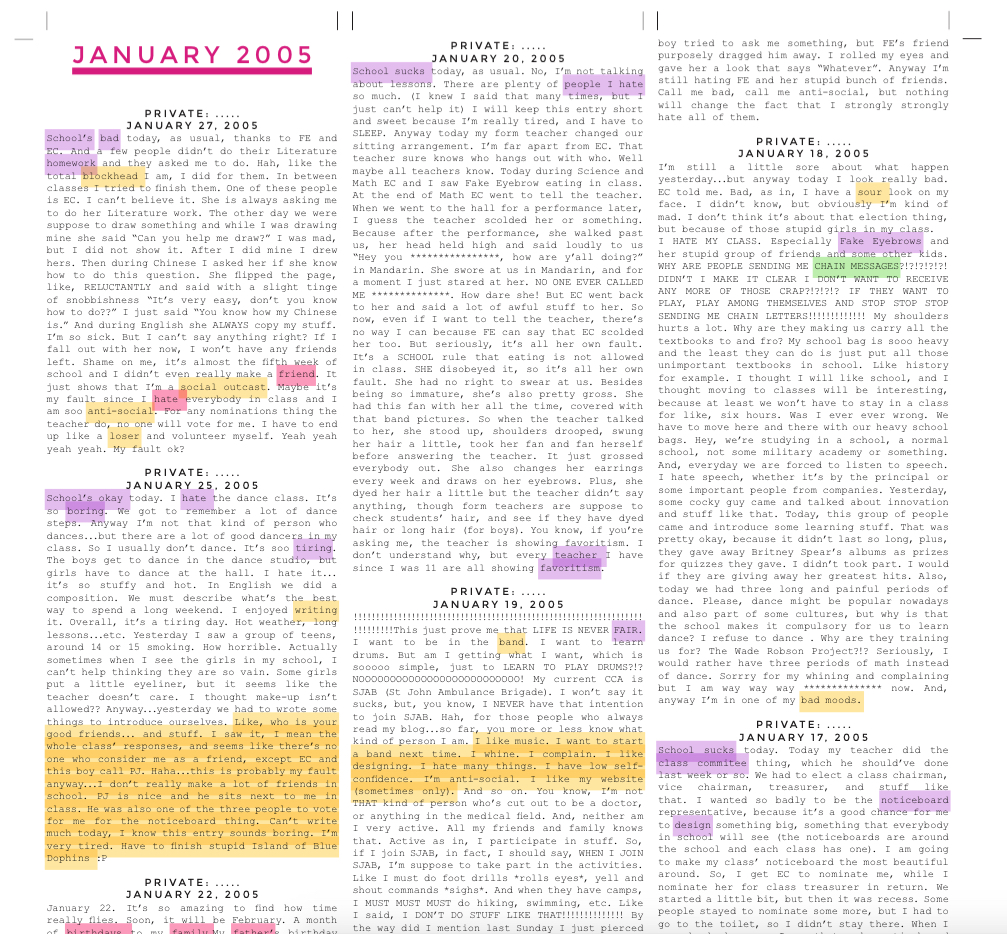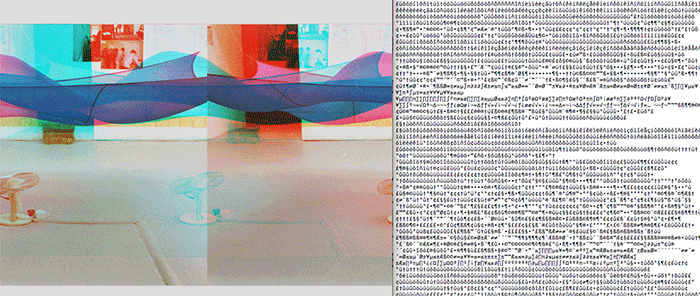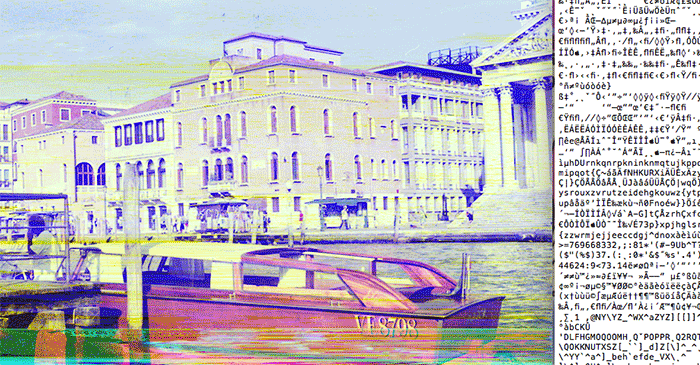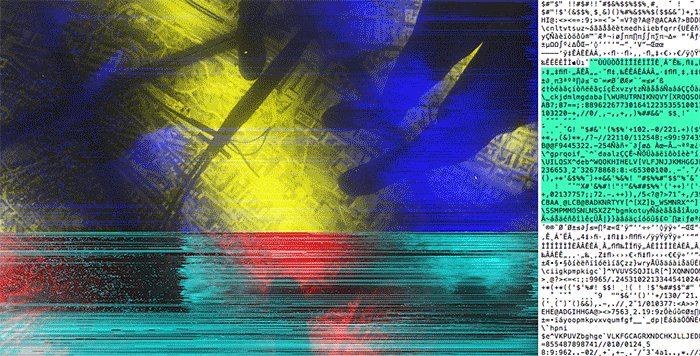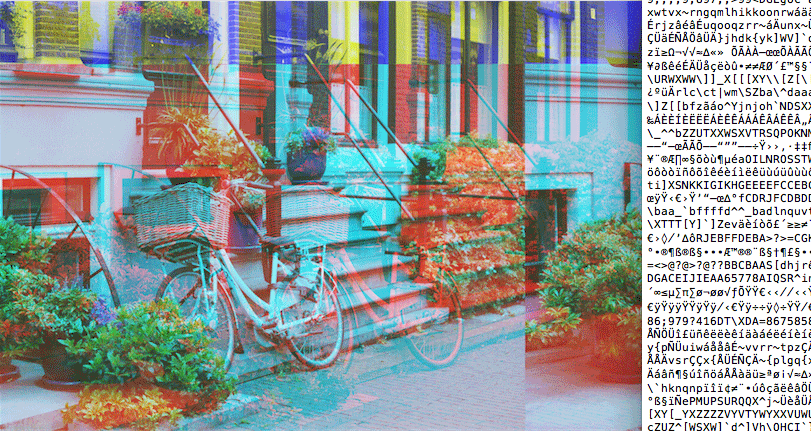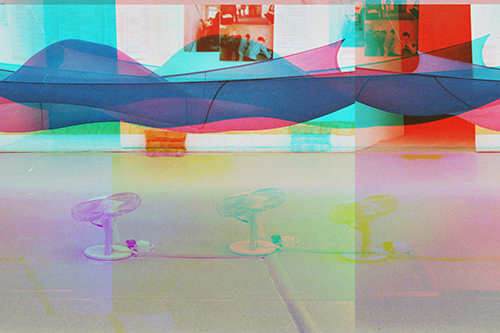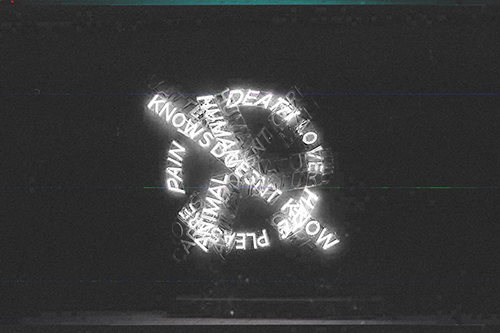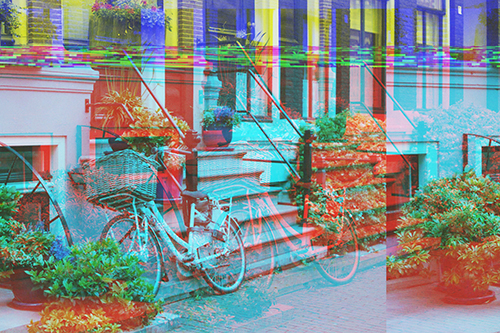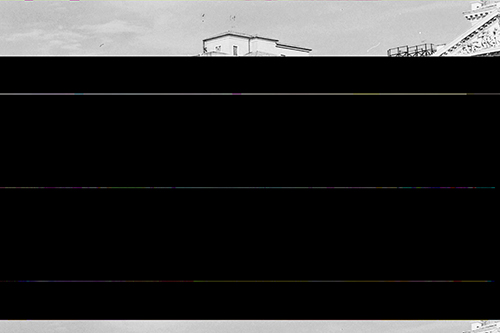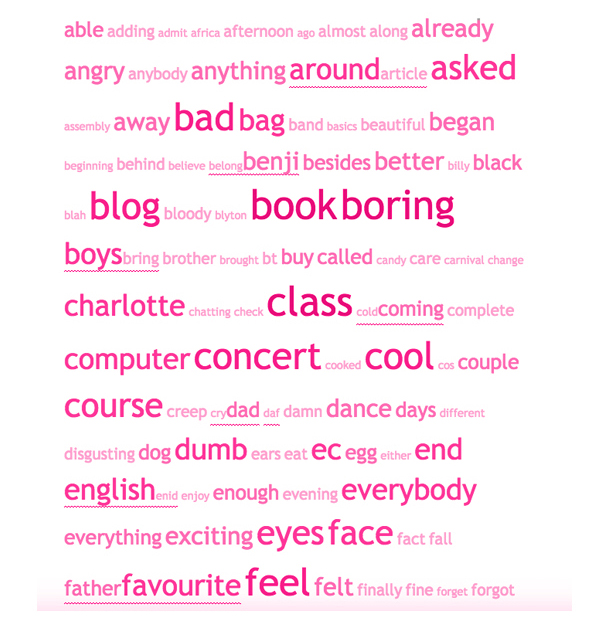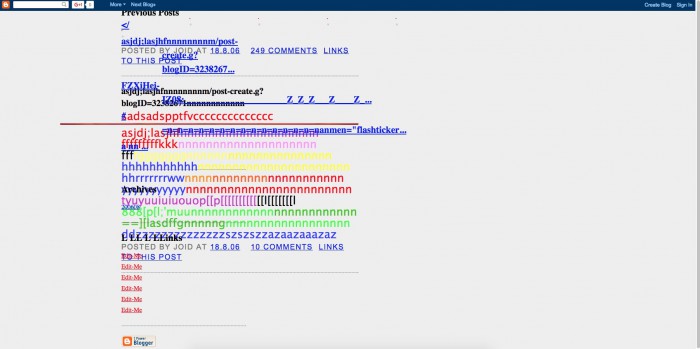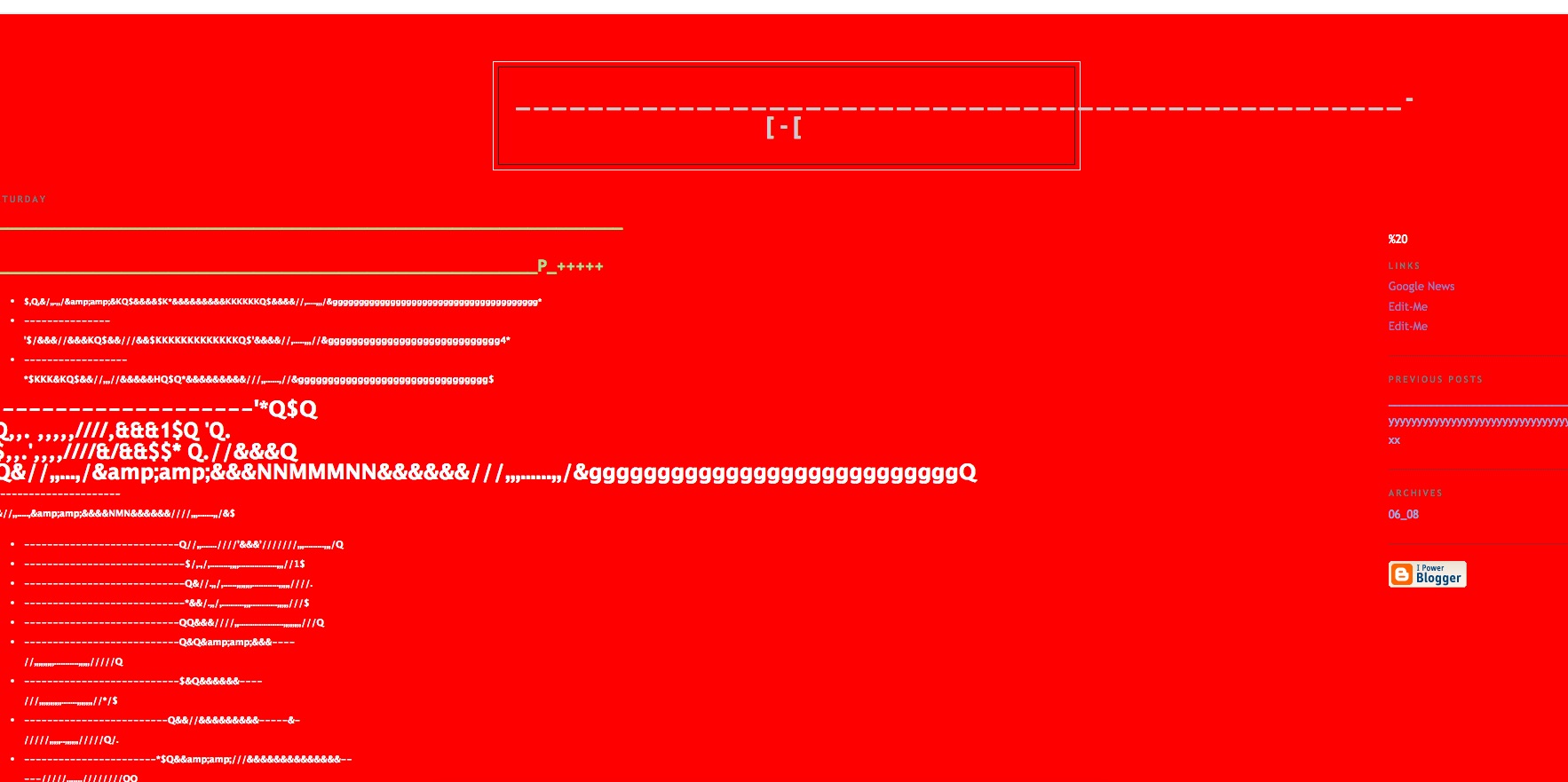
Some writing collected over the past year that I haven’t shared yet.
Trying to integrate my personal voice into the formal structure of the report as I feel that having that honesty is crucial to my work.
I know it is important to be able to write about your own work critically, but I have been struggling with how I can present it in a way that’s meaningful and thoughtful. So I am trying to create a ‘system’ where I attempt to reformat some of this writing that’s a little more personal and present it in a different way, from the same perspective that I view and live my own life right now, as someone who is developing an personal identity that does not suggest any struggle that I’ve been through.
january – february 2015
i should learn to express myself better. haven’t been thinking. i continually make poor conversations.
new year resolutions 2015: 1) avoid being sad/emotional. i say avoid because it is impossible to stop, but prevention is better than cure, they say. 2) draw more. 3) make an effort to document shit, even the bad shit. 4) stop using my phone so often. nobody could be that desperate to talk to me. 5) look at more books. 6) touch more books. 7) create more stuff. 8) take more photos. 9) listen to more music. 10) save some money
‘sometimes you don’t always know what you’ve got’ – wayne white.
‘the problem with hoarding is you end up living off your reserves. eventually you become stale. if you give away everything you have, you are left with nothing. to replenish, to give away. the more you give away, the more comes back to you’ – paul arden
i am feeling so terribly right now because i know all of this is contributing to an investment that will seek absolutely no returns. how will it feel to lose your life savings at one go, same again, however little there is, losing all that yet again. i think this is a feeling i really cannot feel again, you know. i could not imaging the other reality again.
jean jacques rousseau: the romantic reaction, the general will, the development of the inner voice.
shutting down: is it possible to not feel anything? to acknowledge feelings, but not actually feeling it. yesterday for a short while, i lay crippled once again on my bed, unable to move forth with anything. i really needed to shut down. i really want to think about how i can deal with the issue of being alienated, the lack of reciprocation, and finding a place to belong.
i look back at my journals and i thought why am i not writing as much as i used to, but then i think i wrote a lot because i feel unnecessarily. there are certain traits i want to find in myself again. i used to sit at tables, writing the things that i only recently realised were the basis of me being an alien. it is kind of depressing when you discover such truths of yourself through the things you write, many years ago.
i am filled with a million thoughts, thoughts i already had for quite some time, all making their way to this physical space. this feeling is rather repulsive, revealing. i can call it whatever i want. above all, it is this feeling of alienation. why does it consistently happen to me.
it was a melancholy humour, and consequently a humour very hostile to my natural disposition, produced by the gloom of the solitude into which i had cast myself some years ago, that first put into my head this daydream of meddling with writing. and then finding myself entirely destitute and void of any other matter. – michel de montaigne
“messy, this collection of recollections” – david levithan, the realm of possibility
year after year, i return to this book. again and again. the review at the back of the book says ‘all teenagers will find themselves, their relationships, and their attitudes toward life, love and the pursuit of happiness somewhere in this poems.” through these years i turn to this book like a textbook of sorts, turning to it for answers and for some sort of reasoning as to why things happen the way they do, why i react the way i do, and more importantly, was there any way i could stop any of these things. and the answers were the same, over and over – to forget, to let go. all these years of documenting it was a process journal of remembering while forgetting.
i wanted to ask you, you who are reading this now, how do you feel? did you feel the same way too? did things get better for you? what are the books you read, and do they speak for you the way they did for me?
this morning i thought, people cannot mourn the losses of what they have not gained. empowered by this thought, it helps me to pull through today. and tomorrow.
it’s amazing, i have been doing this for years.
the nature of personal voice
unedited
self–portrait of words
using the internet as a time capsule, an archive. specifically using my blog as a source for this time capsule project – a very long narrative
why do i use the internet? i want to examine how the internet can be used as a form of archiving – also, i have a lot of material up there. it’s also about charting emotional and character change. it is about reconciling with the negative experiences of being an adolescent.
from blast/counterblast:
– ‘loose networks/data platforms. with networks come a new meaning: entrepreneur and cosmopolitan character. people today can boast of being both an insider/DIY at the same time’ – lane relyea
– you – non-artist, artist, artist who defies labels, doesn’t make typical art, uncategorisable and nomadic. hacker of culture and poet of everyday life. you are a romantic but we need less romanticism. otherwise we look past the fact our sense of social structure.
– art is for empathy – empathy is for the reduction of suffering. that’s why we always justified being artists.
– perpetually arrested adolescent dream. is it because i am able to hang onto moments of my adolescent keening that i can still at least occasionally find some company and solace in this circles of confusion? – mike hoolboom
the thoughts of 2am are so horrid, sometimes do not wish to entertain them at all. the moment they end up as a word, whether on paper or virtual space, they become branded onto the cruel face of reality.
from e-flux journal, what is contemporary art:
– the vacuum created by the sudden arrival of freedom and the possibilities it seemed to offer. hans richter, dada artist/historian on the experience of dada
– disbelief: from comrades of time by boris groys
when we begin to question our projects, to doubt or reformulate them, the present becomes important. it’s because the contemporary present is constituted by doubt, hesitation, uncertainty, indecision, by the need for prolonged reflection.
– mass art consumption: practice of self-documentation has today become a mass practice and obsession.
– as time passes and we grow more into the contemporary, the reasons for remembering other times grow, while the ability to recall them weakens. memory straddles this paradox. we could say the ethics of memory have something to do with the urgent negotiation between having to remember (which sometimes include the obligation to mourn) and the requirement to move on (which sometimes include the need to forget). both are necessary and each is notionally contingent on the abdication of the other, but life is not led by the easy rhythm of regularly alternating episodes of memory and forgetting, cancelling each other out in a neat equation that resolves itself and attains equilibrium.
it can be crazy and shit, but it’s okay, because it’s all in my head. then the written, physical record is the censored version, the one i am allowed to put out there.
how long will i take to document my documentation? i think it will take a real long time. taking into consideration that i must be at times overwhelmed with the wave of nostalgia and loss. not sure what i lost, actually. time, maybe. i am sure i still keep whatever that keeps me going, and kept me writing.
if you had to put a timeline of your life how would you do it?
reading journals is a pretty scary process, sometimes tapping into things i may not want to know about myself
i also discover things i wrote since young that i still believed in (i am a person with a really weird character. i really doubt i would have any relationships when i grow up)
music and books influenced the way i think, adding on my already negative perception of myself.
things do get better
alone is my partner, an apt companion for me. you must think i am too good for anyone or to be with anyone. that’s not it. again i must stress, the alternative isn’t all that great for me.
a stranger-girl said to me just now – why do you write in your journal? don’t you think by archiving, by recording, you aren’t really living in the moment?
i spent so much of my time writing about people and things, observing, obsessing but in reality, i don’t know anybody at all.
i think i also spend a lot of my time reasoning, it seems there’s nothing i could do or say without having a reason.
to be honest i don’t know how to describe the feeling of going through my archives. it does leave me more quiet than usual. thoughts are busy and have not found their way onto the pages. did i cry. no.
we are often not aware of the changes we go through until we read our archives.
how is this ten years worth of digital documenting important? what did i truly cared about? what am i actively purging now, and what did i feel?
i was drawn to the word ‘alone’ written in your book. lol, alone. i decided i couldn’t hate you anymore. you and your stupid book and stupid pen and overpriced analog camera and the way you tap on her shoulders. she says to me a few days ago, “sometimes, i forget that you are still a student”. i know right. i am so resigned to the fact that i am an alien.
overwhelmed by the writing of years before, i was unable to do any reflection for a while. i have no choice but to look at it from a different standpoint. as unemotional, humourous and objective as possible.
‘you are so different’ is the one phrase i do not want to hear again ever in my life. having been to the darkest corner in my world and back, nothing fazes me anymore.
to remember is to impede being fully in the present and to thwart moving forward. to pause over the past is to be intolerably encumbered, to dwell on yesterday is pointless indulgence and to think historically is to sink into pitiable paralysis – tk sabapathy
In order to talk about the biggest, most defining things, one may need to return to the smallest of situations. They say that youth is about increasing one’s territory, a search for vastness, while adulthood is about sieving out the expanse, and returning home.
loss of idealism
talking to my online friend reminds me a lot of mark whom i used to write about many years ago. we certainly have the same things in common. bounded by our longing for real-life friends and for that virtual life we lived voraciously in before. i could hardly think now that can exist in my life again. tired of building shit over an invisible line. or any live, really. it’s so easy to hide under the blanket of critique that surrounds our social habits today. being the social alien that i am/could be, i am perhaps mistaken for my dedication to my virtual social life, that stops me from participating actively in real life social situations. they will possibly not know i already lived a large part of my life that way. the virtual life is not like the way it used to be.
forward. met an acquaintance from my past a while ago. what a coincidence. to reacquaint yourself with histories is not easy. the only way to live is to move forward and never looking back.
perhaps many many many years later i may bump into you again on the street, in my grandmother dresses, that it may occur to you at last that i am a girl.
defining my online self (heroine’s descriptions)
how all of this is a progression and development of self. reinstates the idea of an ever changing self-portrait and life as a process journal.
why do i choose bright colours for my publication> it is letting go, a celebration
this project also examines the concept of nostalgia in a virtual form (physical relics vs virtual relics)
alienation sums up my whole project, i am a perpetual loner and because of this i had all the time in the world for this work that i’ve produced
rework these emotions into something worthwhile. to make sense of darkness, of nostalgia. a presentable melancholy, a celebration.
internet ephemera.
glitch art, embracing errors as part of the virtual experience. the fleeting nature of these short lived faults is similar to the experiences noted in my journals and blogs.
the feeling of saturation and overwhelming and translating that in neon colours. as part of a distinctive identity that does not suggest any struggle. as i mature as an artist i find myself able to form a vocabulary and aesthetic that hints at the opposite of all i have suffered.
an endless, irritable, pathetic pursuit that makes me churn out these writing.
the sadness i had when i threw her table out of the back door in the container class, the times i sat outside the room with all sense of self, all dignity and self respect down the drain, unaware, uncaring, of the general public that is subjected to see that self, infinitely uglier than i perceive myself to be. the good thing is that i learned early. all of this is past, and you will no longer look at this again one day and remember anything, except that you have moved on.
invisible monsters – chuck palaniuk:
– now, you are going to tell me your story. just like you did. write it all down. tell that story over and over. tell me your sad assed story all night. when you understand that what you are telling is just a story, it isn’t happening anymore. when you realise the story you are telling is just words, when you can just crumble it up and throw your past in trash can then we will figure out who you are going to be.
– you have to keep recycling yourself.
can we live by screenshots and let a nondescript typeface by the mouthpiece for our thoughts?



